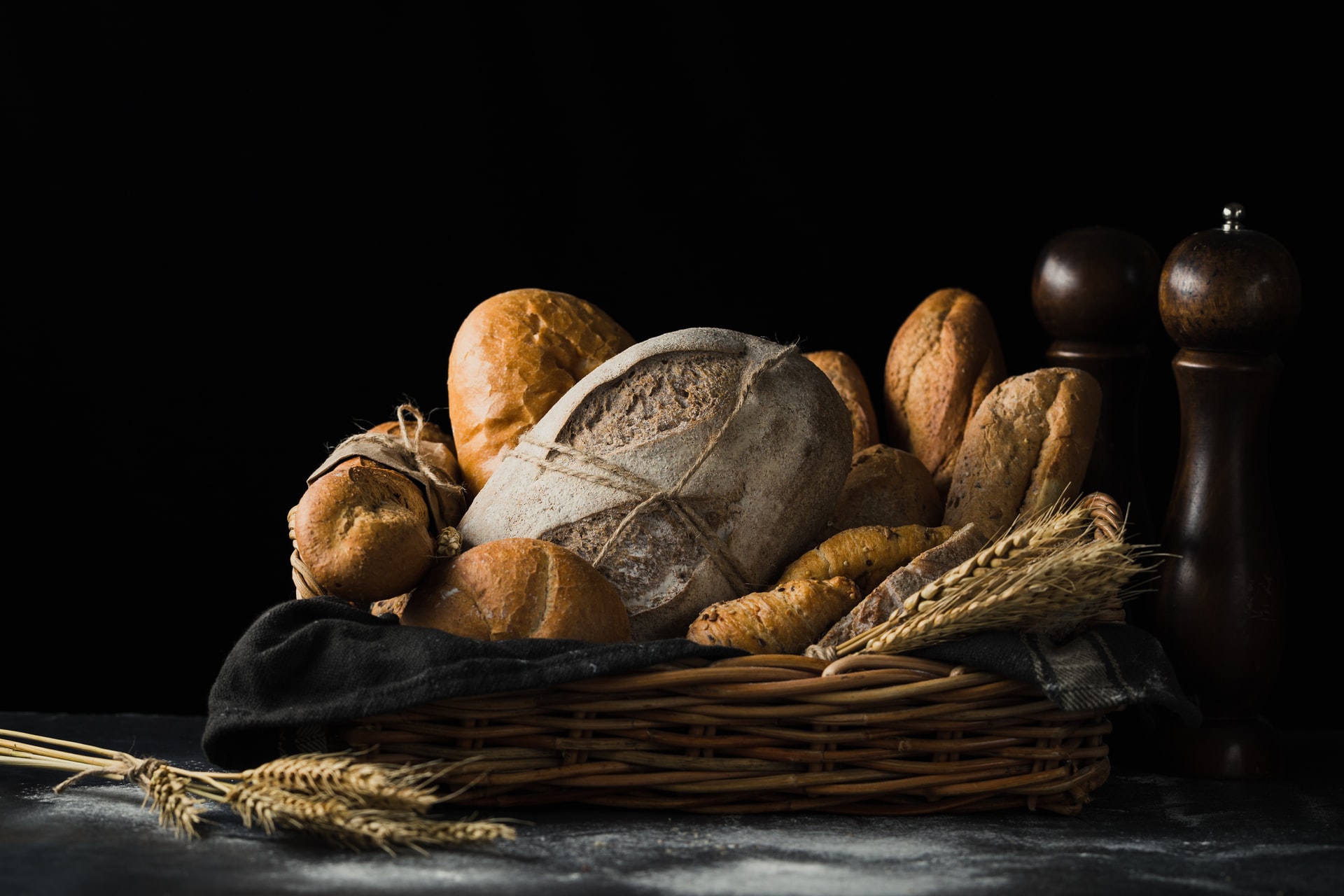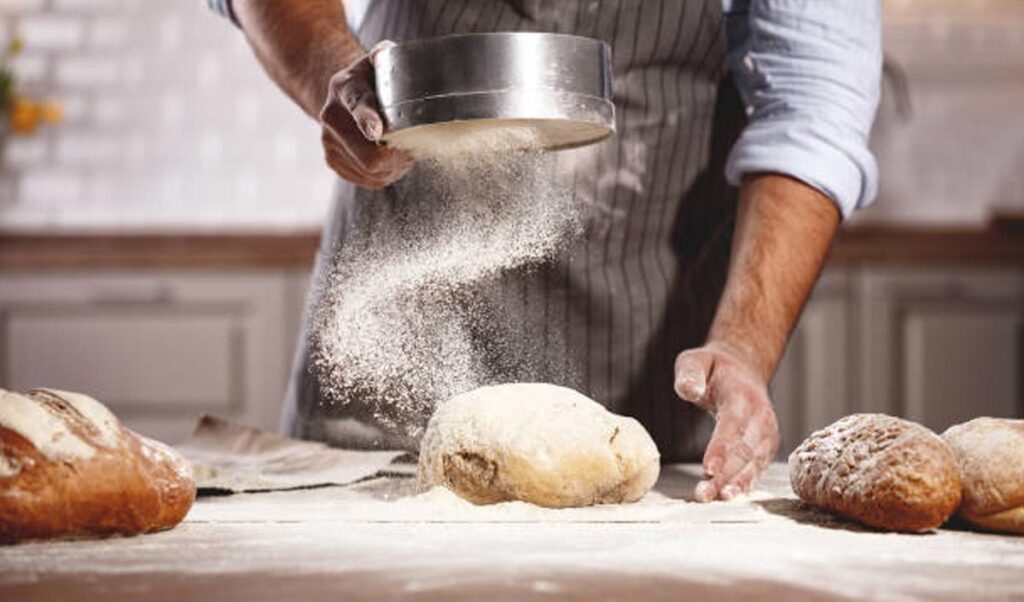
Achieving Consistency in Baking
It’s one thing to bake the perfect loaf on one occasion, but it’s quite another to be able to repeat this. How to achieve consistency in baking is the key thing that bakeries must look at.
They know that customers have expectations, that they want a product that tastes, and looks, the same each time.
This is where baking is a science, and therefore where a scientific approach to achieving baking consistency can yield the best results. This can be done using C-cell, a BakingQualityAnalyser.
Why is Consistency Important in Baking Industries?

Baking involves mass production, but it involves natural ingredients that are subject to variation.
Somehow, bakeries and other food producers must reconcile their need for consistency with the variations in quality they can experience from different, natural ingredients.
Baking needs to come up with repeatable results, to produce high-quality loaves and to do this as efficiently as possible.
How often have you watched the Great British Bake Off and seen a contestant experience the bake they practised at home failing in the competition? Commercial bakers cannot afford this sort of unpredictability, because their livelihood depends on consistency.
The baking process starts with mixing essential ingredients to create a dough. If this dough production is inconsistent, then the result will be an inconsistent loaf.
Without consistent dough production, bakers cannot produce the consistent products that consumers expect. Also, inconsistency in dough production makes it that much harder to optimise the remaining parts of the baking process, in terms of:
- Quality
- Cost-effectiveness
- Consistency.
Bakeries must aim to minimise dough variance to optimise the baking process for consistency of quality output.
The commercial stakes are high. 99.8% of UK households buy bread, with around 11 million loaves sold each day.
To compete effectively, bakeries must monitor their methods and processes as well as the ingredients they use.
Technology can give them the capability to do this, supporting objective baking analysis.
How to Achieve Consistency in Baking

If you’re going to achieve consistency in baking, you must ensure that your ingredients are of consistently high quality too.
This is a fundamental aspect of quality control in baking. Flour and yeast are especially critical ingredients. If there are changes in the amount of protein in flour, or its quality, then this can have a big impact on the consistency of a bake.
The useful lifetime of yeast is only short, around a month, and it can lose its potency over this period. Therefore, like flour, you have to assess the quality of yeast to achieve baking consistency.
How do you measure this quality? By establishing specifications for your baking ingredients and measuring various critical quality parameters:
- Protein, ash and moisture content
- Particle size distribution
- Levels of contaminants, such as mycotoxins, and whether they’re permissible
- Falling number (FN) testing for alpha-amylase enzyme activity
- Rheological testing.
To achieve consistency, you must also test bake, repeating processes and making small adjustments. This will enable you to see how you can influence major features in your bakes, such as:
- Air
- Elasticity
- Flavour
- Crust
- Overall finish.
You’ll have opportunities to make these small adjustments at different stages of the baking process. One of the major tools for doing this is dough mixing to improve dough quality. Here, you need to exercise careful control of recipes and batches.
This should ensure repeatable product quality.
But how should you measure the characteristics of your bake to monitor baking quality to achieve consistency?
The answer is technology-driven, using c-cell.
How Perfect Measurements from C-Cell Make Baking Easier

Traditionally, measuring the characteristics of baked goods is sensory and subjective. You taste, smell and touch them.
But there are more efficient and advanced testing methods for analysing bakes, helping producers optimise their production lines while improving and maintaining the consistency of baking products.
The C-Cell baking quality analyser provides detailed and objective analysis of samples in just five seconds.
These measurements are highly accurate and provide a sound basis for quality benchmarking and optimising baking processes.
How Does C-Cell Work?

The core uses of C-Cell for achieving baking consistency are:
- Measuring internal and external structure
- Analysis of l*a*b* crumb colour, and
- Bread scoring.
C-Cell measures the structural characteristics and colour of bread and baked goods. It does this using high-resolution digital imaging and detailed analysis of various key parameters:
- Colour
- Shape
- Dimensions
- Cell size
- Elongation
- Softness.
It uses a bread-scoring system, based on critical measurements, such as:
- Number of cells
- Net cell elongation
- Non-uniformity of cells
- Cell diameter
- Number of holes
- Wall thickness.
You can adapt C-Cell’s bread scoring system so that it correlates with your own set of criteria and benchmarks.
As a piece of baking technology, C-Cell is sophisticated but very easy to use.
You simply place your sample in a draw that’s built-in to the device. Once you close this draw, C-Cell captures a high-resolution, digital image of the sample, and then carries out a detailed analysis of it.
All this takes place in one smooth, rapid operation. Once C-Cell has analysed the sample, it gives you different data values. You can identify which of these is relevant to your testing goals.
This data includes information about cell sizes and shapes, dimensions, crumb and structure and other features of the sample.
The core uses of C-Cell for achieving baking consistency are:
- Measuring internal and external structure
- Analysis of l*a*b* crumb colour, and
- Bread scoring.
How Can You Build Consistency in Your Bakes?
Baking has a long tradition, but bakeries must also meet the demands of the modern consumer and the competitive marketplace when it comes to achieving consistency.
Dedicated technology can help them do this, in the form of the C-Cell baking analyser.
